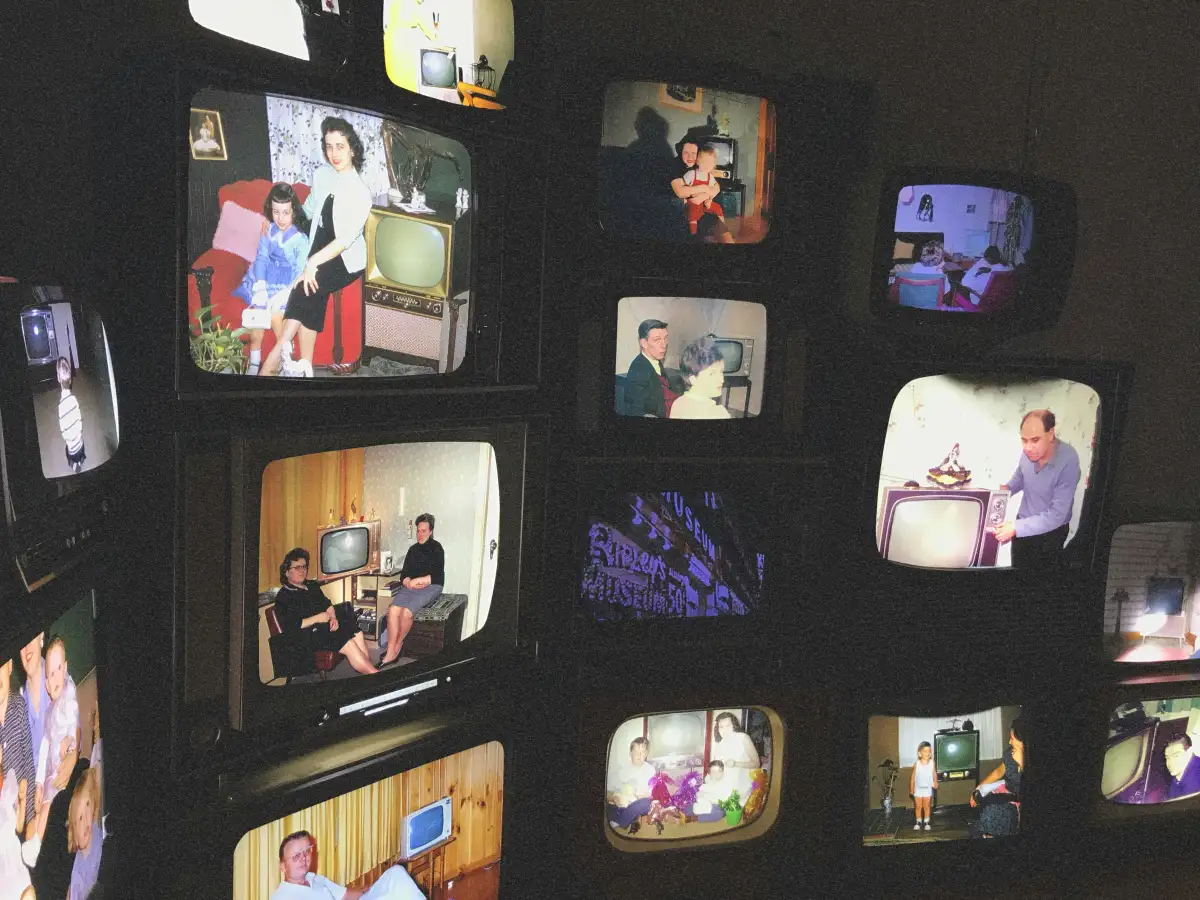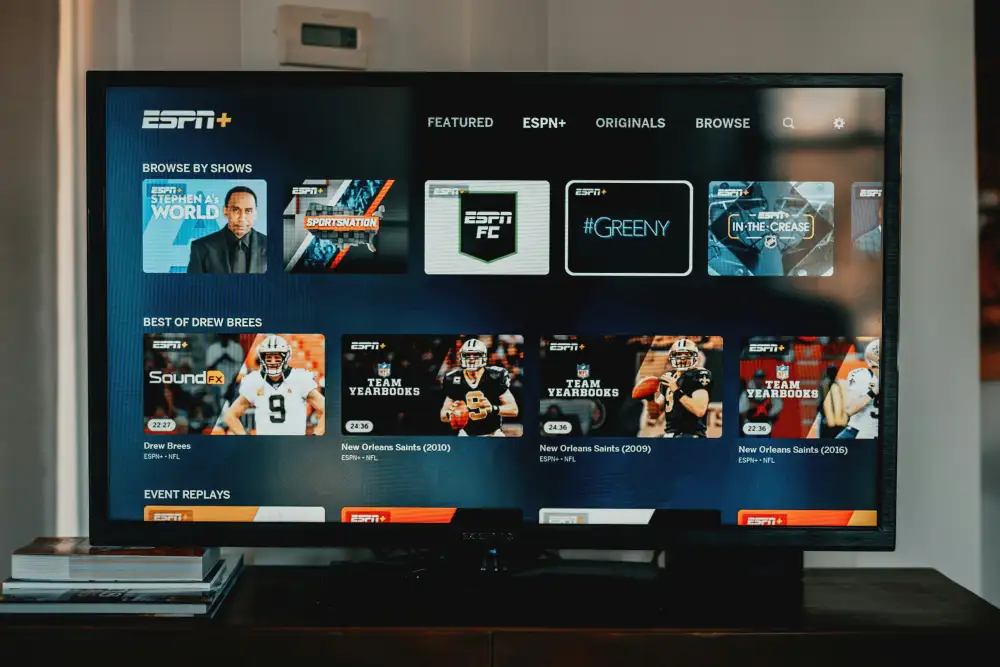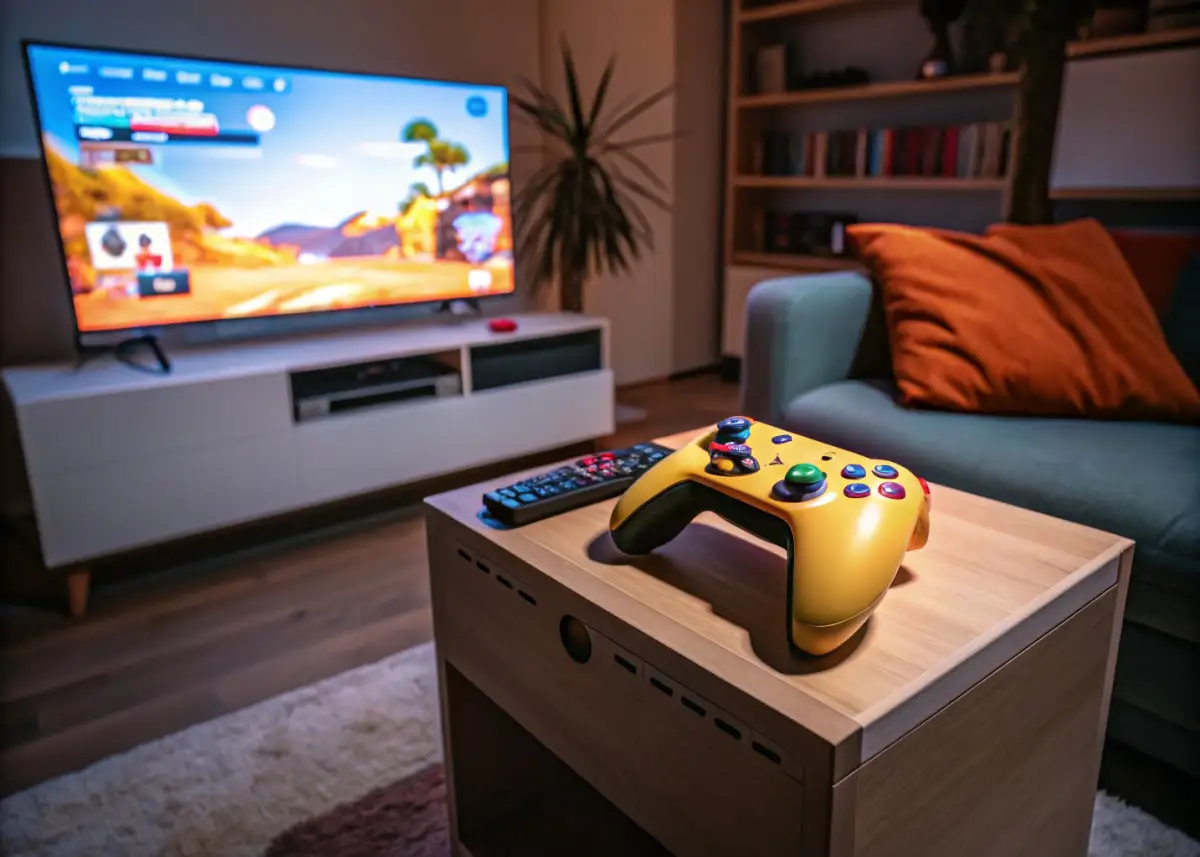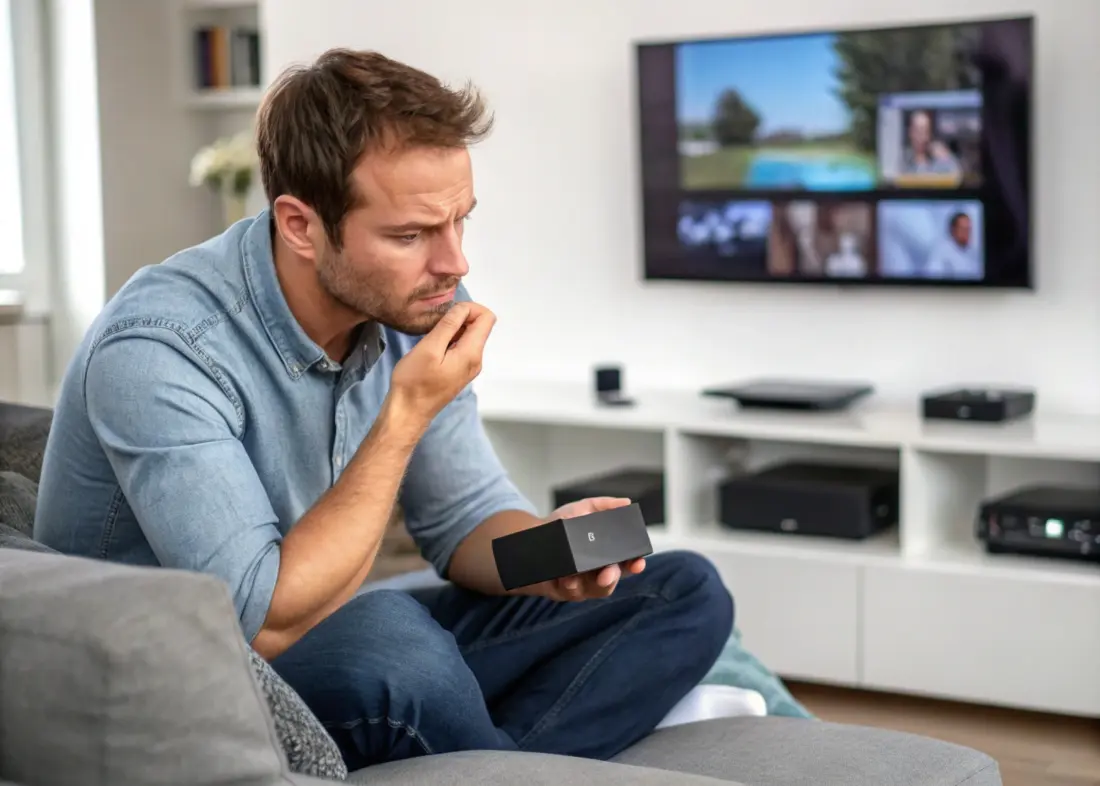History of the Set-Top box

In the digital age, it is not easy to imagine modern life without immediate access to rich audiovisual content. Yet just half a century ago, the earliest set-top boxes emerged as prohibitively expensive devices, placing them beyond the reach of most consumers. Rather than tracing the semiconductor evolution from cathode-ray tubes to solid-state components—a journey beginning with television's invention nearly a century prior—this article examines the transformative history of media playback devices that have shaped our daily experiences.
The Rise of Set-Top Boxes in the 1990s
The proliferation of set-top boxes during this period was fundamentally driven by the dual breakthroughs in digital television (DTV) and digital video broadcasting (DVB), unlike analog systems prone to signal degradation, digital transmission leveraged error correction mechanisms to deliver superior audiovisual fidelity. This technological leap enabled the mass production of affordable decoding devices, effectively democratizing access to multichannel programming.
Concurrently, the expanding digital TV market necessitated standardized protocols. In 1993, a consortium comprising the European Telecommunications Standards Institute (ETSI), the European Committee for Electrotechnical Standardization (CENELEC), and the European Broadcasting Union (EBU) established the Joint Technical Committee (JTC). This body played a pivotal role in formulating and disseminating the DVB-S (satellite) and DVB-C (cable) specifications that became industry benchmarks.
While contemporary audiences might perceive early digital television's limited channel selection (typically under 30 channels) and 480i resolution as primitive, these systems established critical infrastructure frameworks that guided multimedia convergence through the 2000s.

Accelerating Digital Convergence: The DVR Revolution (2000-2005)
Those who experienced adolescence during the analog-to-digital transition likely recall the cultural phenomenon of communal viewing rituals. Families clustered around bulky CRT televisions, synchronizing their schedules with broadcast timetables—a social dynamic that would soon be disrupted. Recognizing this behavioral pattern, media conglomerates like TiVo and DirecTV channeled over $2.3 billion into interactive entertainment infrastructures between 1999-2003, spanning hardware innovation to content production ecosystems.
This investment wave catalyzed the mainstream adoption of Linux-based DVR (Digital Video Recorder) set-top boxes. Beyond multi-channel reception, these devices' true revolution lay in their open-source architecture. The Debian-powered platforms allowed firmware customization through bash scripting, enabling features from time-shifted viewing to dynamic ad insertion. When Scientific Atlanta's Explorer 8000 series debuted in 2002 with 40GB HDD storage (capable of recording 14 hours of MPEG-2 video), it rendered analog counterparts obsolete within 18 months—a market displacement accelerated by EPG (Electronic Program Guide) metadata integration.
Though primitive by modern standards—limited to 480p resolution and lacking streaming capabilities—these pioneers established the software-defined framework that later enabled IPTV and OTT services, proving that programmability, not mere signal clarity, would define the digital entertainment era.
A brand-new type of set-top box that emerged in the 2010s: Android OS in set-top boxes
Through decades of the spread of the Internet, there existed already sufficient foundations for TV boxes connecting to the Internet, which contain abundant and convenient resources. So here came the ATV.
Set-top boxes with Android operating systems offer direct and fast access to various streaming services, including all kinds of video platforms. Since then, consumers can freely select their preferred programs and are not limited to channels provided by local telecom providers. This has been an inevitable trend in media services, as consumers have become increasingly impatient with the low-quality and unpopular programs offered by telecom providers that they do not like.
The emergence of Android TV products also provides a new opportunity for streaming content providers. The earlier method used by telecom providers is too expensive, making it difficult for follower companies and entrepreneurs to operate the same business. Thanks to Android TV, the only thing streaming and content providers need to do is install an application on a small but powerful device, allowing them to offer their own services to users who have subscribed. As you can see, this management model has spread widely in many places, such as hotels, apartments, and even airplanes.

More intelligent and integrated use: the future trend of set-top boxes
In the recent decade, the hardware industry has undergone outstanding progress and development, and the performance of chipsets has continuously and markedly improved from generation to generation. With larger storage and faster CPU frequencies, TV boxes have excellent application prospects.
Supporting up to 8K, Dolby Vision, gaming on TV, and interactive play... you may be familiar with these amazing features. However, a wonderful viewing experience relies on several factors, including playback smoothness, network speed, and sound quality.
Let me take high-resolution viewing as an example: even though a TV box can play 8K videos, it still places a significant burden on network bandwidth (I guess no one would be glad to see their phone unable to connect to the Internet while watching a high-resolution video online). Considering this, a better approach is to download high-resolution videos to local storage (you can store them on a NAS or directly on the TV box). Furthermore, a high-quality viewing experience requires not only excellent visuals but also stereophonic sound effects, which calls for TV boxes to accommodate various voice transmission protocols.


